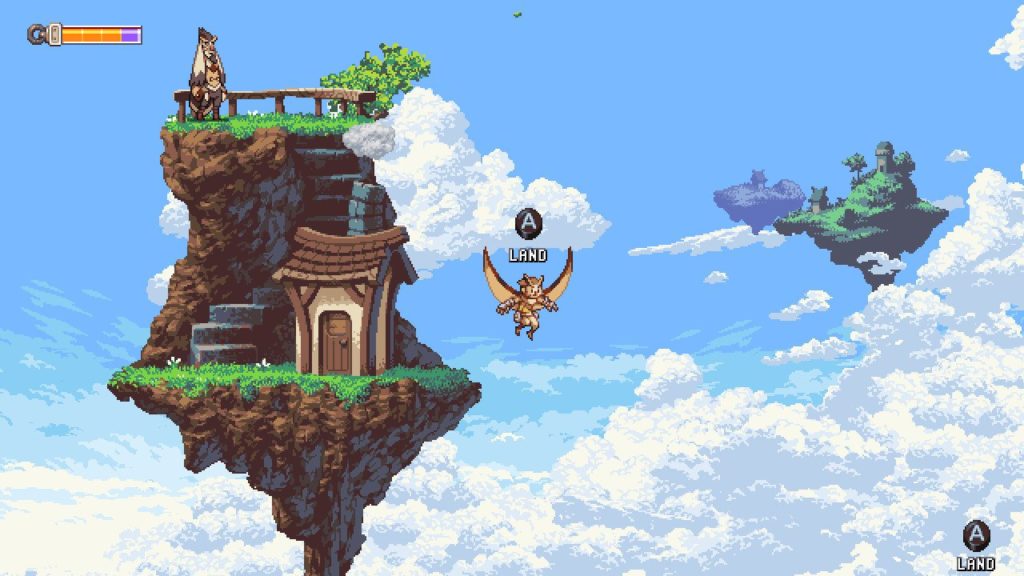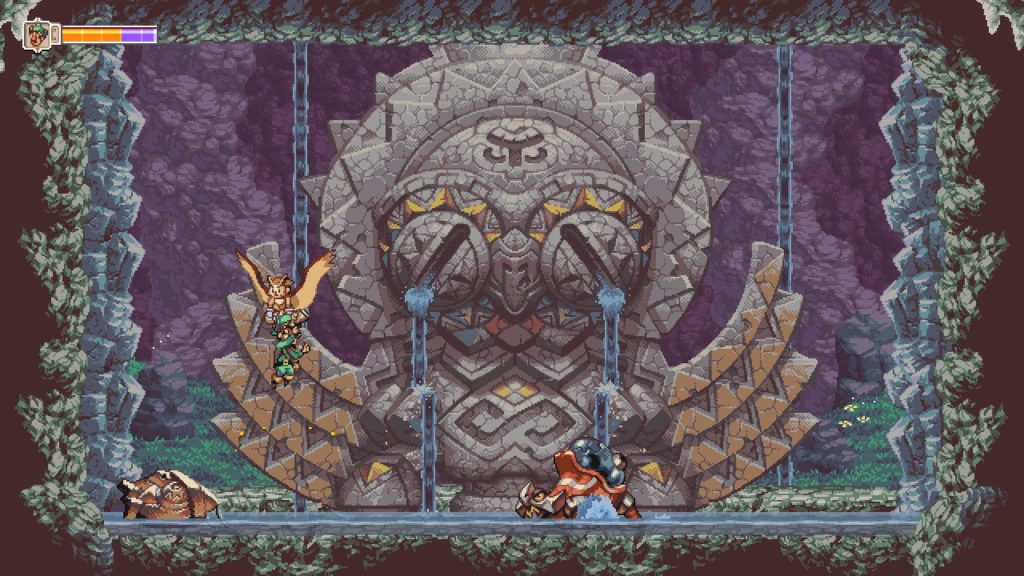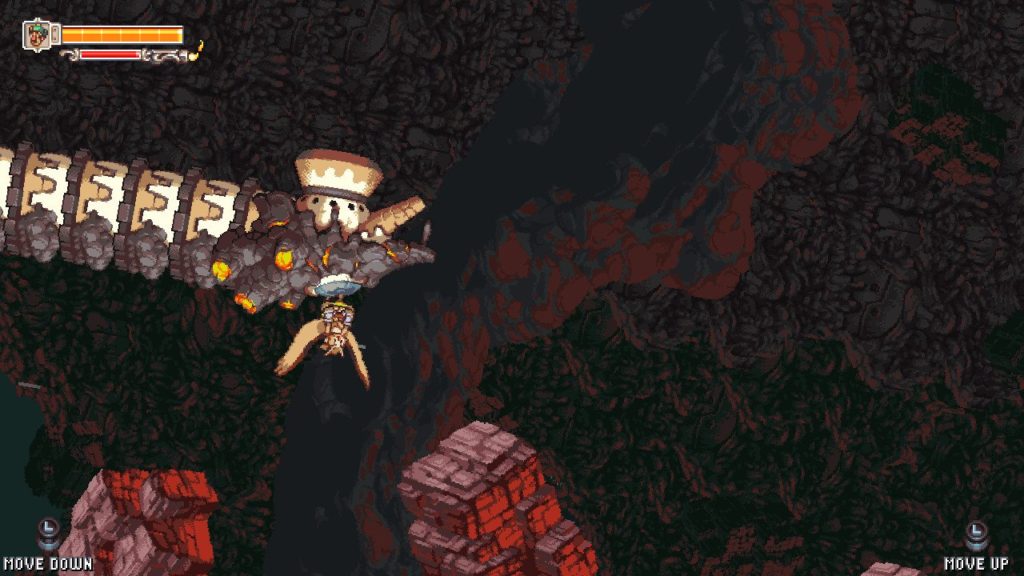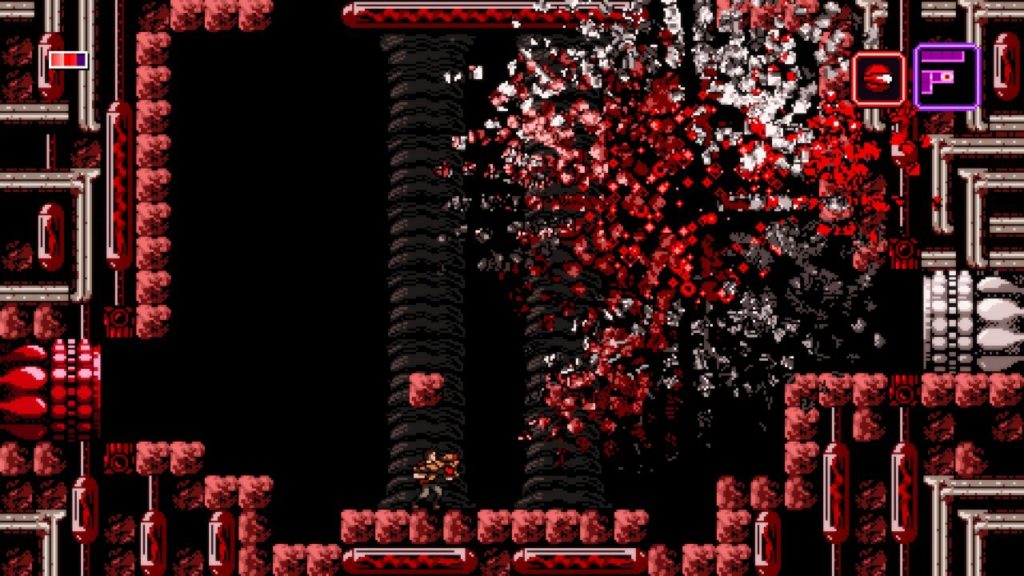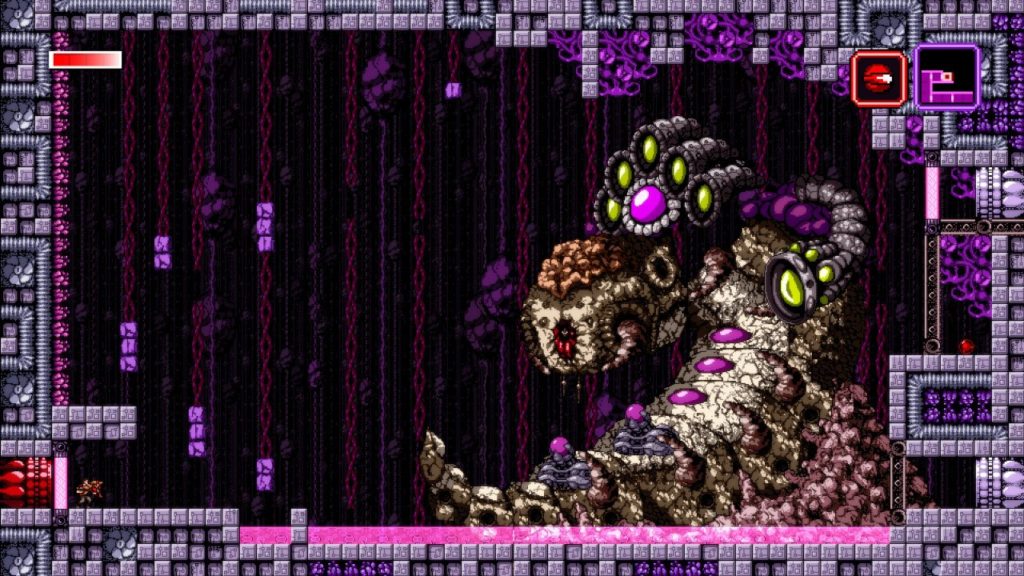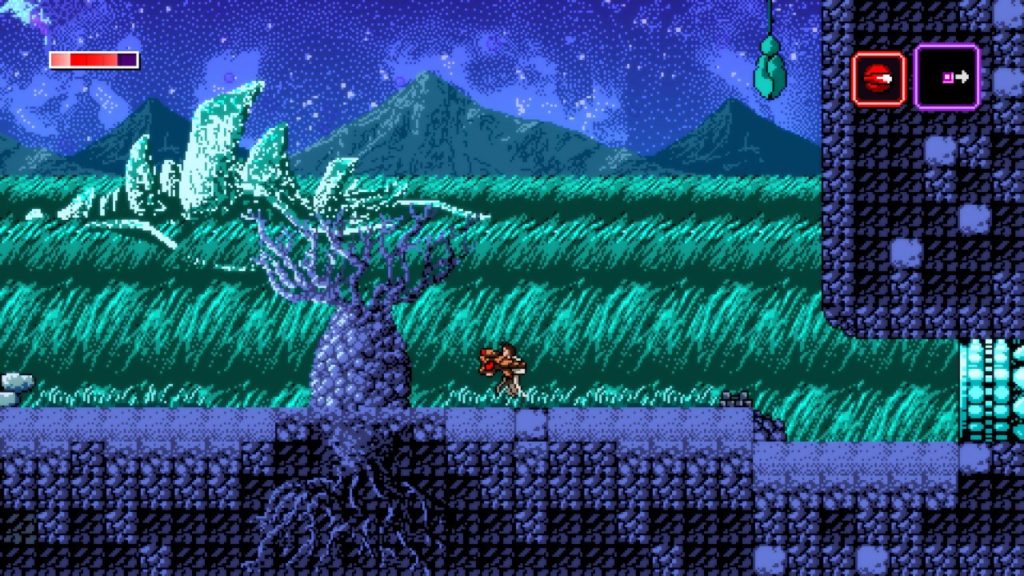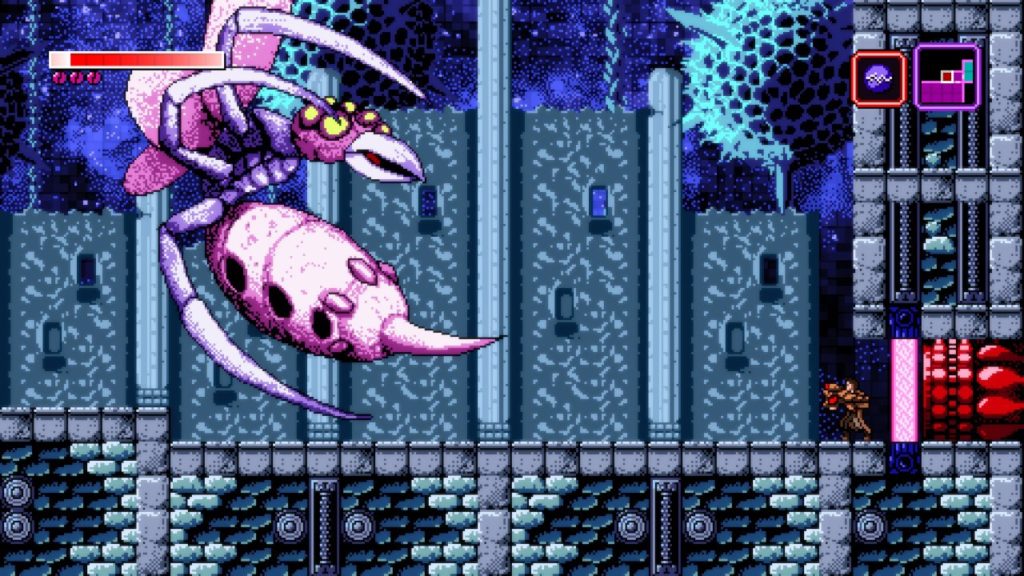- Genre: Action/Adventure
- Platform: PS4
- Also Available On: Xbox One, Windows
TL;DR
- Really good open-world action game with a great take on the San Francisco Bay area
- Emphasis on hacking-based stealth over combat is a nice change from the typical GTA-style combat mechanics
Generally speaking I’m more of a fan of RPGs over action games, but I definitely don’t mind hopping into the action genre from time to time. When I do though, I usually prefer games that emphasize stealth and planning over run and gun action, and I think this is where Watch_Dogs 2 hit for me in the best way. While this game definitely doesn’t lack action sequences, the pure action moments feel very tailored, leaving enemy interactions to focus more on the stealth and hacking mechanics that the story itself wants to push forward. In doing so, this became a very different take on the GTA-style city game formula, and for me was a format that I enjoyed more because of this change in focus.
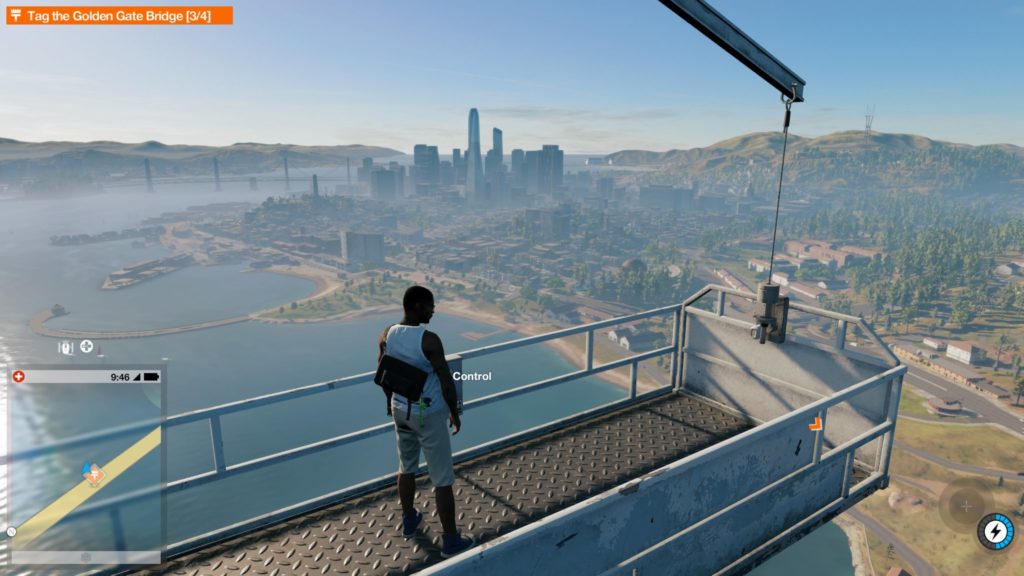
It’s easy to assume that open world games in general will take liberties with the cities they exist in, but this one definitely feels like San Francisco through and through. It’s a bit compressed, but the main sights are all there and relatively in the right spots, whether you’re driving across the Golden Gate Bridge, watching sea lions at Pier 39, or driving around by the Transamerica Pyramid, this feels a lot like San Francisco. While it’s not important to the fun of the game, it ends up doing a great job of getting you into the game at the start, and for folks that have been to the city, an immediate sense of familiarity with where they are.
That said, it’s the gameplay that makes you stick around, and this one was a lot of fun for reasons that aren’t necessarily typical of open-world action games.
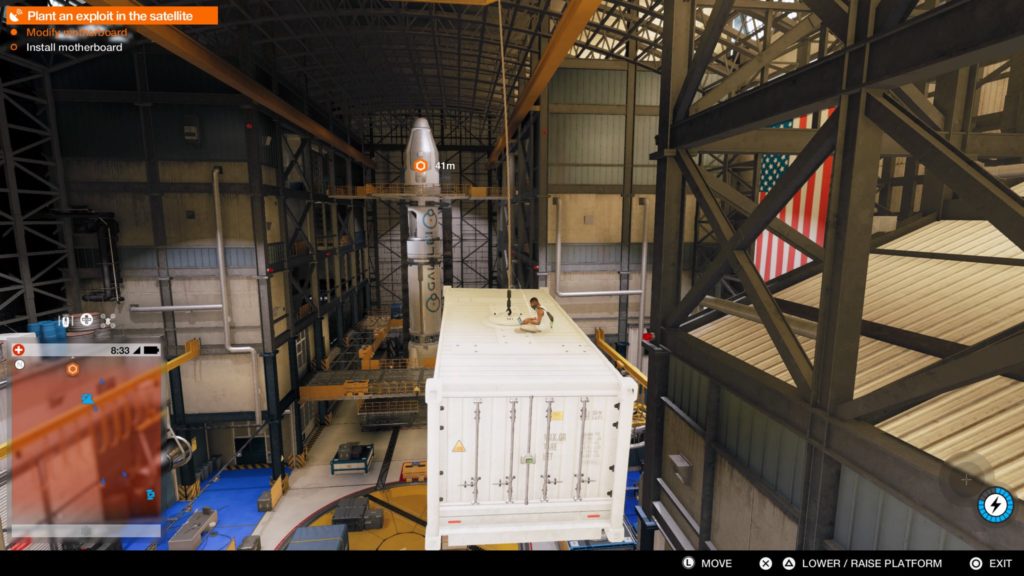
Looking at screenshots or videos of this game, it’s easy to assume that this game is a real-world rip of Grand Theft Auto, since the player is completing story quests, going around fighting people, and generally just ramping up chaos as much as possible. However, that’s just one way to play the game, and I’d argue it’s the wrong way to play the game.
At its core, the story of this game is built around a group of hackers exposing governmental and private-sector secrets that are affecting everyday people. That can run the gamut from data protection to facial tracking and more. It’s a lot of things that are hot topics today, so it ends up being a really compelling narrative to tie the group’s goal together. Where this really becomes important is that the hacking capabilities of the player become the forward focus for an entire stealth style of playing the game.
It’s pretty close to guaranteed that any story mission will end up bringing you into an area that requires interaction with guards of some sort. You can definitely go in guns blazing, taking everyone out and getting away. However, you can also go full-stealth and hack your way through the game. The tools at the player’s disposal even give you multiple paths above and beyond just going stealth. Want to stay entirely out of the area? Send in a little robot to do the work for you. Want to cause some chaos and sneak in behind as that’s going on? Send a false report in to draw gangs to the area to fight the guards. Want to use vehicles to your advantage? Hack a crane and have it carry you over the top of everything.
Each situation gives you a bunch of different ways to achieve the end goal, and its the exploration of this set of skills that really gave Watch_Dogs 2 its legs. The depth of possibilities allowed me to always be trying something new and something fresh to get to the end. In a lot of cases it also brought side entertainment in just watching how the systems worked together to achieve a result. There’s something just inherently entertaining about hacking a robot to chase guards, then sending in a gang to attack them, and watching the entire thing unfold while I’m perched above on a rooftop with really very little outright control of what’s going on.
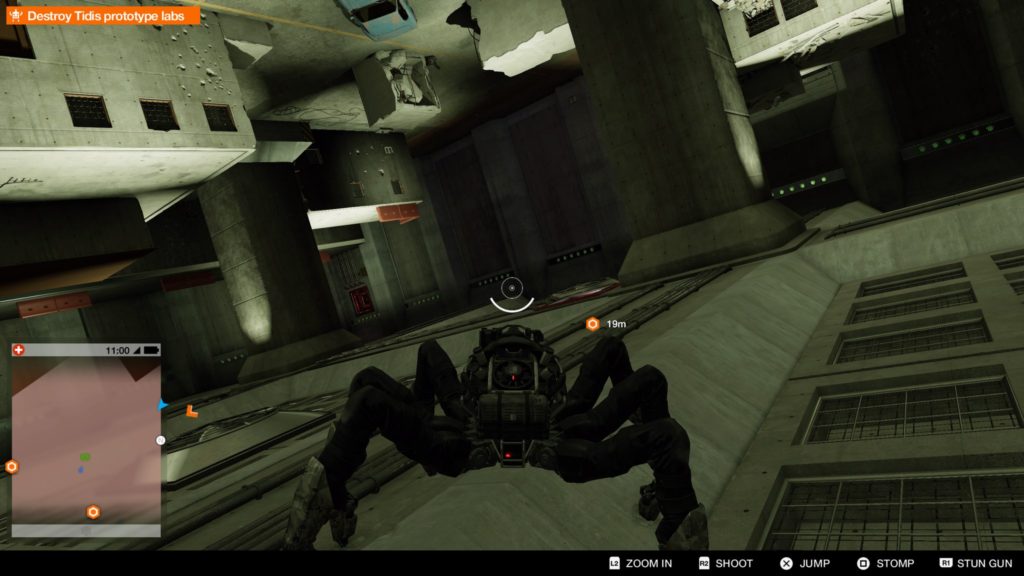
That’s not to say action sequences don’t work well. There were more cases than I care to admit where I screwed up, got caught, and had to go in shooting. In these cases the game still works well, giving you a wide variety of fun to use weapons and a pretty satisfying regenerating health mechanic. There are also some really good tailored pure action sequences. The spider fight above was one great example. One of my favorites though was a sequence involving stealing a KITT-clone and driving around San Francisco running from the cops. You drive around with the car talking to you, hacking the streets to cause explosions, and generally just causing mayhem. It’s pure action-movie stupidity, and the sequences that are tailored to it are even better off for having strong standalone focus.
This series in general has been pretty easy to dismiss as a GTA clone, but I don’t really think that does it justice. Is it the best of open-world action games? No, and I don’t think Ubisoft is ever going to want to actually compete with the type of budget Rockstar throws around for GTA. However, this is a really good game on its own.
The inclusion of stealth and hacking mechanics is a great way for them to differentiate themselves from the pack, and really pushes this game into the realm of something that you should check out. Given Rockstar also doesn’t look real keen on doing single player GTA content any time soon, this will at the very least scratch the itch in the genre while we seemingly wait forever.


